26646 Climax Suite
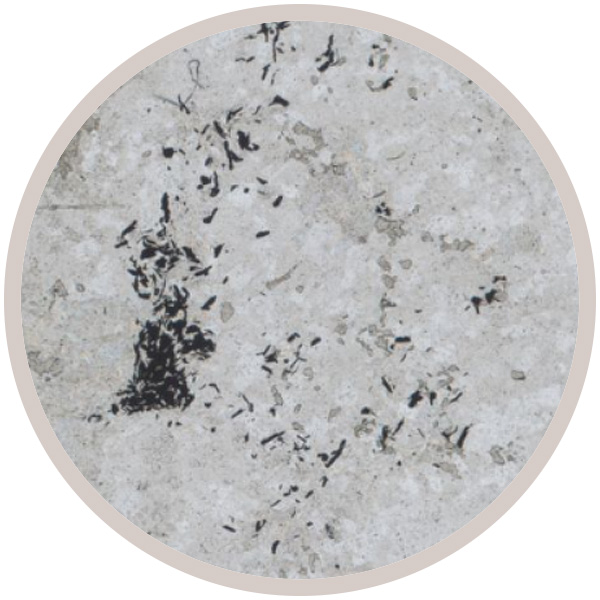
Click the microscope button to view a
thin section for this sample.
MicroscopeClick the microscope button to view a thin section for this sample.
Microscope
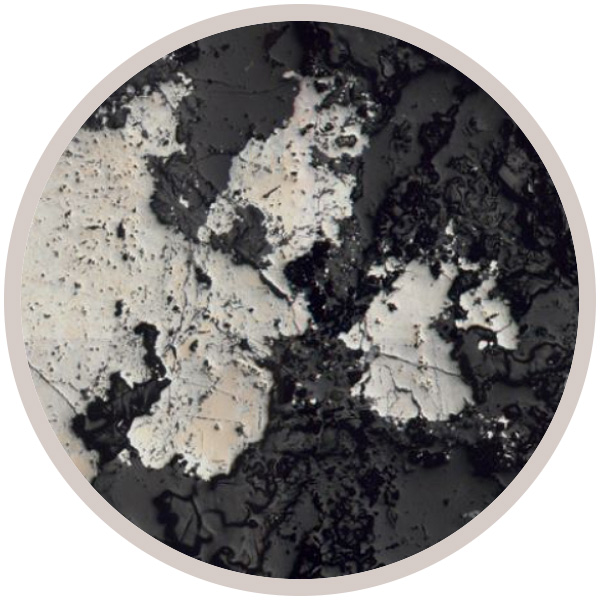
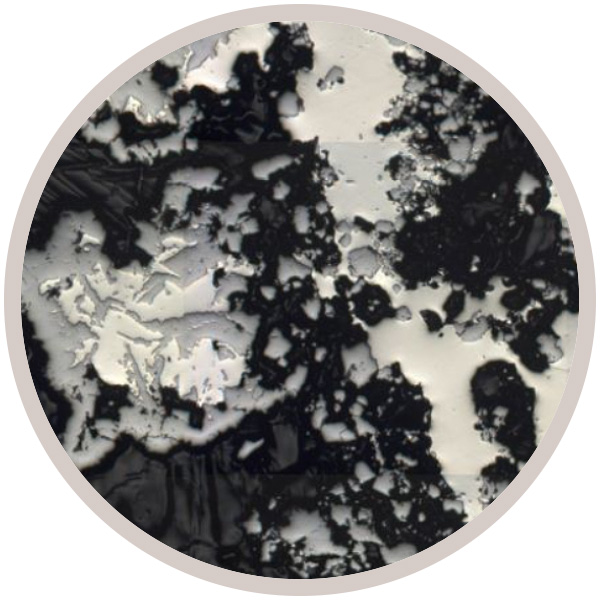
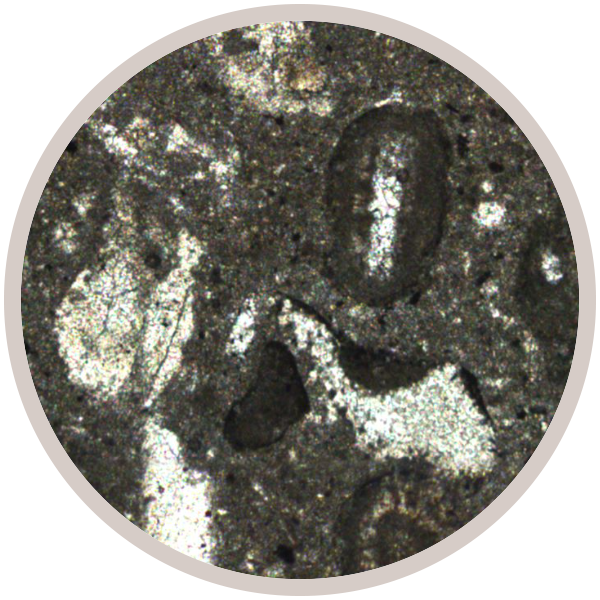
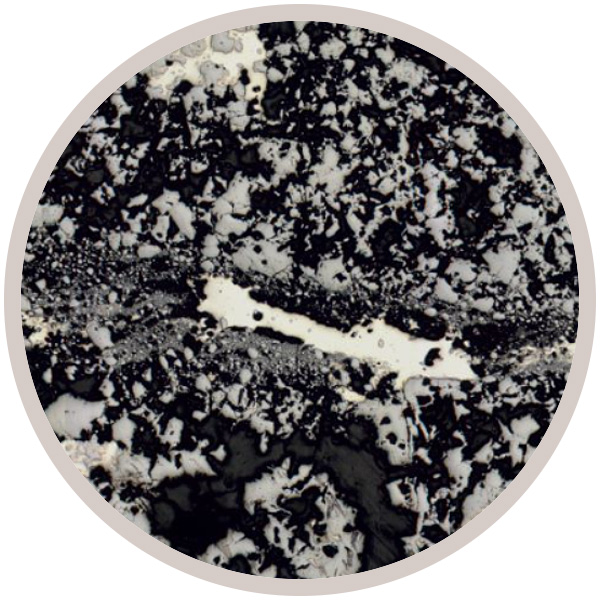
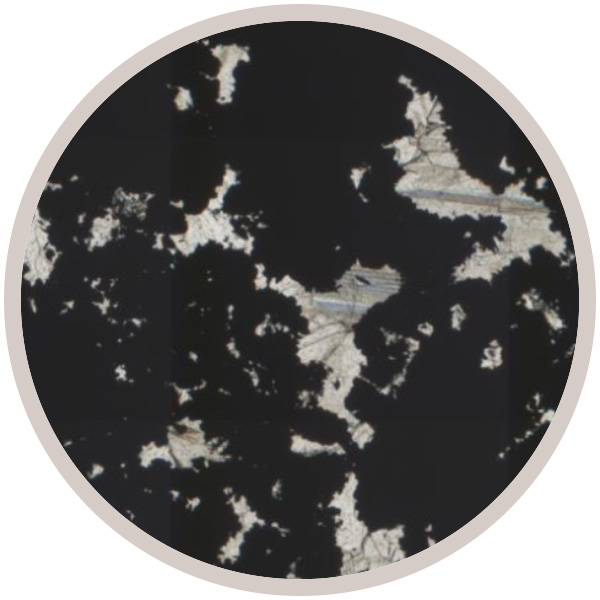
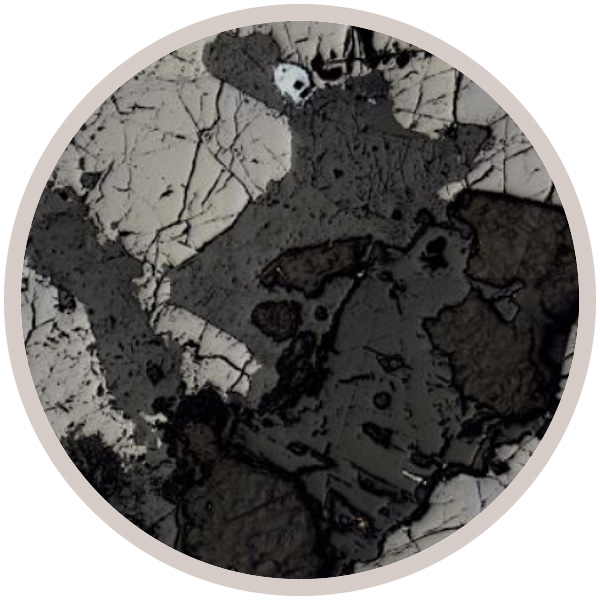
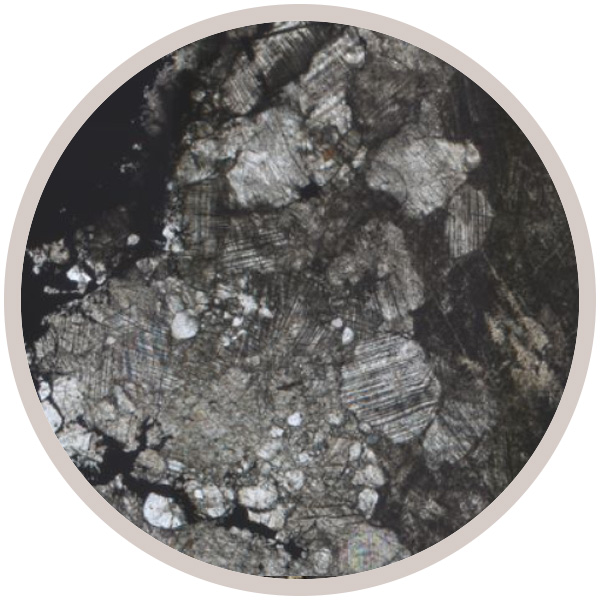
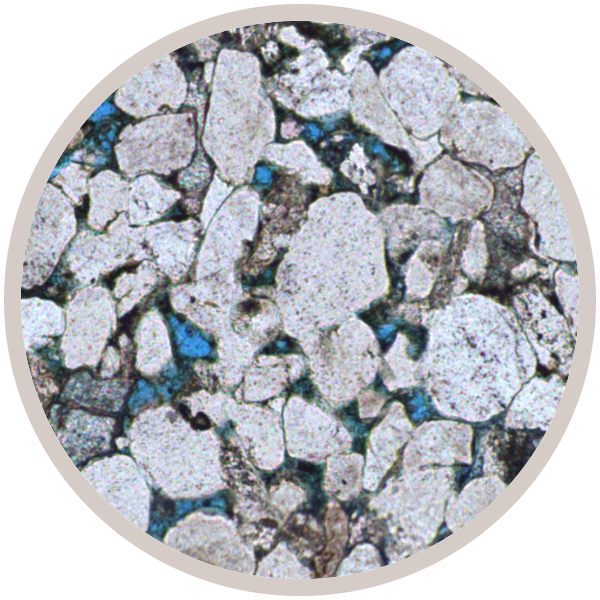
This is a sublitharenite with illite and ankerite cement. It is from the Leman Sand Formation. The thin section has been prepared with a blue resin to highlight the porosity.